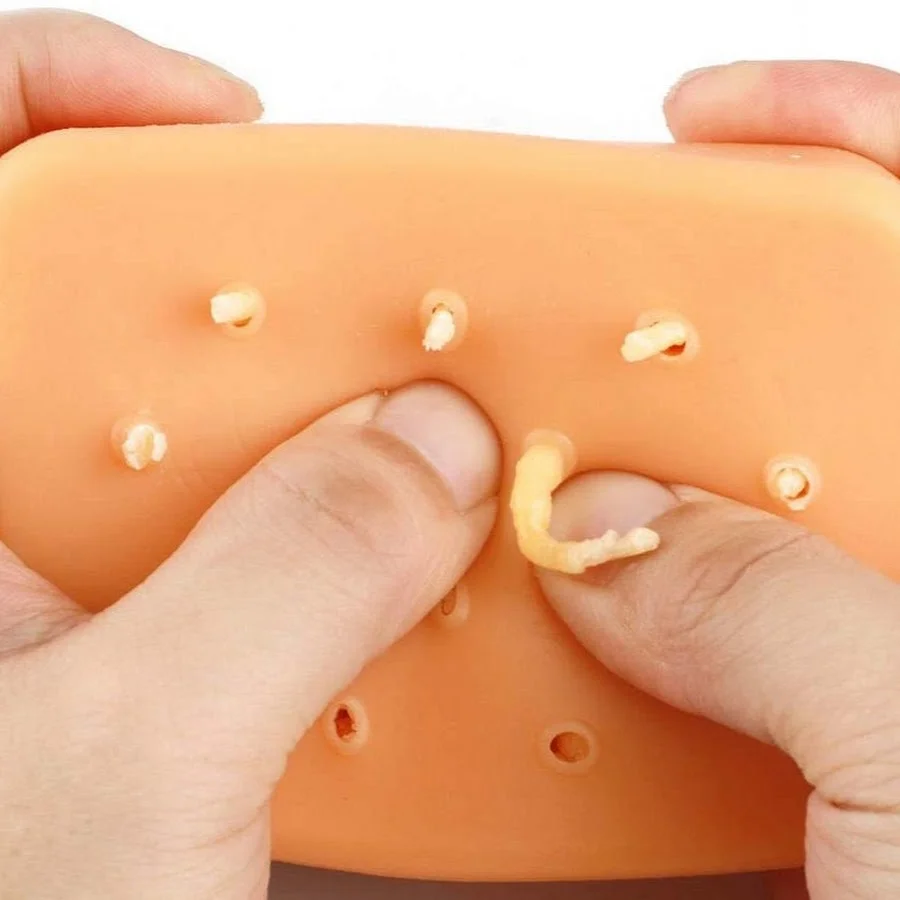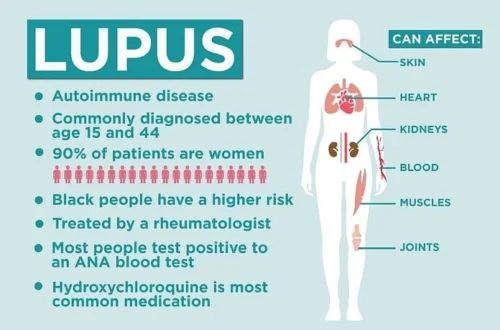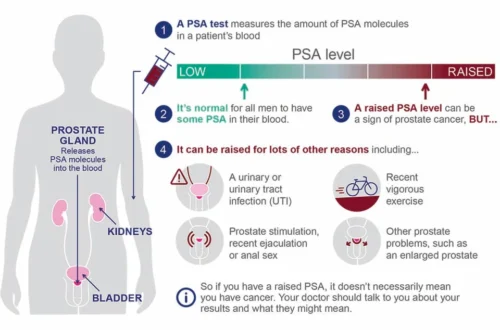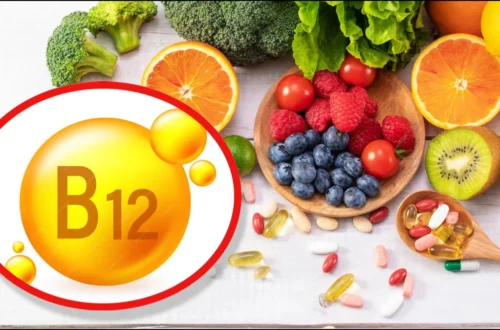In recent years, pimple popping videos have surged in popularity across social media platforms. From YouTube channels like Dr. Pimple Popper to viral TikToks and Instagram clips, these videos draw millions of views. But as the trend evolves, new variants, styles, and ethical concerns are emerging. In this article, we dig into the latest landscape of pimple popping content: why it’s so compelling, what new formats are trending, the risks involved, the psychological reasons people watch, how platforms regulate it, and guidelines on safe consumption / ethical viewing.
1. Why Are Pimple Popping Videos Still Popular (and Growing)?
It might seem odd that images of skin “extractions” could be captivating—but that’s precisely what makes new pimple popping videos such a phenomenon. Several factors fuel their popularity:
First, there is an element of “gross but satisfying”—the visual release of pus, blackheads, cysts, or other material triggers a visceral reaction. Seeing built-up pressure being relieved can be strangely rewarding. Media coverage has credited series like Dr. Pimple Popper and compilations of “best pops” for keeping the trend in the public eye. (See Most Popular New Pops | Dr. Pimple Popper)
Second, social media algorithms favor shock, novelty, or high-engagement content. Videos that provoke strong reactions tend to be amplified, suggested, and shared more often.
Third, new research suggests personality traits play a role. A recent study found that morbid curiosity (interest in danger or decay) and benign masochism (finding controlled discomfort enjoyable) correlate with higher enjoyment of pimple popping content. People who score higher on those traits are less likely to skip such videos, even when they provoke disgust.
In short, pimple popping videos persist not just because people are “grossed out,” but because they tap into deeper psychological responses in a controlled, safe environment.
2. New Styles & Formats: Evolution in Pimple Popping Content
As popularity grows, creators are innovating with new formats in pimple popping content. Here are some of the latest trends:
-
Compilation clips (“Best of the Week / Month”): Edited mashups of multiple extractions in quick succession, often set to music or voiceover. These offer high stimulus and minimal downtime.
-
Reaction or commentary videos: Dermatologists, skincare influencers, or laypeople record their reactions while watching viral popping clips. TikTok and YouTube host many such “dermatologist reacts” videos.
-
Extreme close-ups / macro shots: New content zooms in super tight on pores, showing fine details and textures that earlier videos rarely emphasized.
-
Cyst or lump removal with high drama: Rather than simple blackheads, more content now features cysts, lipomas, or large growths, making the video more dramatic and tense.
-
Educational intertwined content: Some creators now insert explanations—what kind of lesion, how extraction works, risks involved—to blend entertainment with instruction.
-
Before / after transformations: These show the condition before extraction, the process, and then healing over time, appealing to viewers who like seeing progression.
These evolving styles mean new pimple popping videos are more intense, cinematic, and designed to hold attention.
3. The Risks Behind the Popping: What Could Go Wrong
While watching extraction videos is mostly a spectator activity, the risk lies in people attempting to replicate them. Dermatologists strongly caution against DIY pimple popping. Here are the key dangers:
-
Infection: Breaking skin can introduce bacteria, leading to deeper infections, abscesses, or even spreading.
-
Scarring and hyperpigmentation: Over-aggressive squeezing can damage surrounding tissue, cause permanent scars or dark spots.
-
Worsened acne: Popping may push bacteria further into the skin, inflaming more pimples.
-
Dangerous anatomical zones: The “triangle of death” on the face—the area between the nose and upper lip—has veins that connect to the brain. In rare cases, infections in that region can lead to serious complications.
-
Emotional / psychological harm: For people with skin anxiety, acne, or compulsive picking behavior, watching or doing extractions can worsen stress, self-esteem issues, or compulsions.
One particularly vivid example: a woman who attempted self-popping near her nostril ended up in urgent care after swelling, facial droop, and infection. Her story became viral as a cautionary tale.
Because of these risks, dermatologists generally recommend professional extraction in a sterile environment, rather than home attempts.
4. Psychology & Personality: Why People Watch (or Are Repelled)
The fascination with pimple popping is not limited to a “gross-out” reaction. The psychology behind it is more complex.
The study mentioned earlier links morbid curiosity and benign masochism to engagement. In other words, viewers are drawn to the “yuck” because it’s safe, contained, and offers the thrill without real danger. Additionally, the Pimple Popping Enjoyment Scale (PPES) predicts that people who score higher are less likely to skip forward during videos, showing they tolerate unpleasant stimuli better.
There’s also an emotional “closure” effect: the visual of a clogged pore being opened gives a sense of relief or resolution. It satisfies curiosity and offers a concrete transformation.
Other psychological factors include:
-
Sensation seeking — wanting novel, intense experiences.
-
Cognitive distancing — viewers can be disgusted and entertained simultaneously because they feel safely detached.
-
Aesthetic of transformation — many viewers gravitate to before/after narratives, observing change or “cleansing.”
Ultimately, watching these videos can feel like watching a horror or surgical scene under glass: repulsive yet compelling because you’re not in danger.
5. How Platforms & Creators Manage Content & Ethics
Managing pimple popping content brings challenges around moderation, consent, and ethics.
Platform content policies: Platforms like YouTube and Instagram often have rules against overly graphic medical content or gore. Some videos are age-restricted or hidden behind warnings. Videos that are clearly medical (done by professionals) tend to pass, but amateur or brutal extractions are more likely to be flagged or removed.
Consent & privacy: In good instances, the person whose skin is being treated has consented. However, questionable content occasionally circulates without clear permission or ethical disclosure.
Educational disclaimers: Many creators now include disclaimers—“consult a dermatologist,” “do not attempt at home,” “for entertainment only”—to reduce liability and discourage imitation.
Demotion / suppression: Some platforms limit reach of extreme popping content or require moderation to prevent minors from seeing too-graphic clips.
Creator responsibility: Ethical creators balance the “shock factor” with education, showing safe technique, risks, and encouraging people not to imitate. Some combine entertainment with dermatological insight.
So while content thrives, there’s tension between shock value and careful moderation.
6. Tips for Safe Viewing, Healthy Skin Habits & When to Seek Help
If you’re interested in pimple popping videos but want to avoid harm—either to your skin or your psyche—here are guidelines:
-
Don’t pop yourself: Resist the impulse. Use approved acne spot treatments instead.
-
Learn from professionals: Only allow dermatologists or licensed estheticians to perform extractions in sterile settings.
-
Use moderation in viewing: If watching causes anxiety, skin obsession, or triggers picking behavior, limit exposure.
-
Focus on educational content: Prefer videos that explain lesion types, processes, risks—not just gore.
-
Know your skin: If acne is severe or cystic, consult a dermatologist early.
-
Respect boundaries: Don’t share or save ultra-graphic content with others who might find it distressing.
-
Follow “safe zones” awareness: Avoid experimenting in dangerous facial zones like between nose and mouth.
-
Check creator reputation: Rely on verified channels or medical experts, rather than random accounts with questionable sourcing.
Viewed responsibly, new pimple popping videos can be intriguing without encouraging bad habits or harmful imitation.
Conclusion
New pimple popping videos continue evolving, offering more dramatic extractions, macro detail, and fusion with commentary or education. Their appeal lies at the intersection of disgust, curiosity, and transformation. But along with fascination come real risks—especially if viewers try to replicate content on their own skin.
By understanding the psychology behind why people watch, knowing the medical dangers, holding creators to ethical standards, and adopting healthy skin habits, one can engage with this content responsibly. Always remember: what’s safe for viewing is not safe for doing, and when in doubt, seek professional care over DIY.





